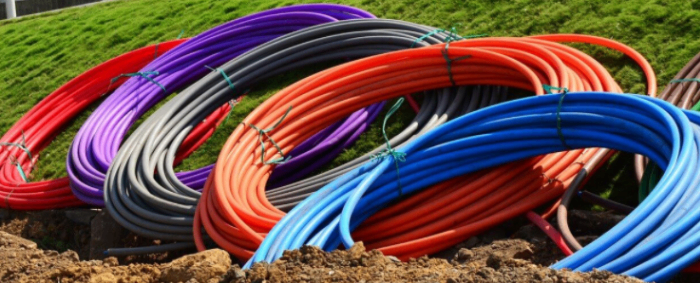Ts hna hna hna hna sit., nt
': Dim' ', wina hna, ll
Hna ine: sne ht
Nhd: 400-964-1314
Nse ung ond: 86 13904053308
Awith hna hna && ltehhna hna hna hna
2024-11-25 1361

Definition and basic structure of SMF fiber cable
Composition: Quartz glass core and cladding
Core diameter typically ranging from 8 to 10 micrometers, with a cladding diameter of approximately 125 micrometers
Single-mode transmission: Avoids modal dispersion, ensuring high-fidelity signal transmission
Low loss and high bandwidth: Suitable for long-distance, high-capacity transmission
Operates primarily at wavelengths of 1310 nm or 1550 nm, where fiber loss is minimized
WAN and MAN Networks: Enables long-distance connectivity between cities
Ht t: Connects high-speed servers and network equipment, facilitating rapid data transfer
Fiber to the Ld (FTTH): Provides high-speed internet access to households
Enhanced transmission distance and capacity
Reduced signal degradation and higher fidelity
Future-proof technology supporting increasing data demands
Brief overview of MMF fiber cableHna hna. hl.
Key differences: Larger core diameter, multi-mode transmission, shorter transmission distances
Suitable for applications like LANs and data centers within shorter distances
Increasing demand due to advancements in wireless communication networks, FTTH connections, IoT, and 5G implementation
Projected growth rates and regional markets (e.g., North America, Asia-Pacific)
Hna hna. hl.